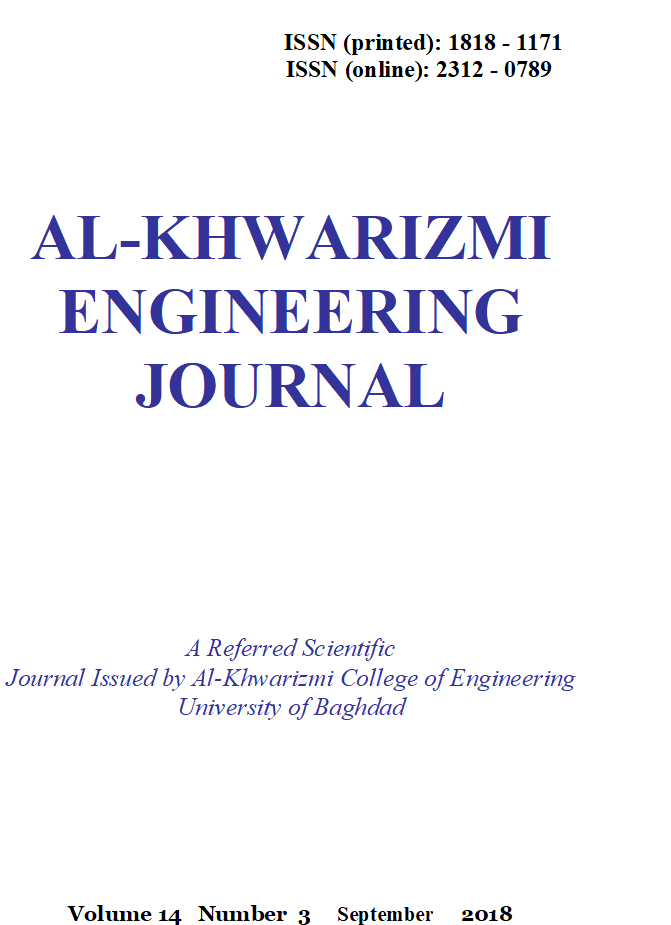Effect of Carburization Parameters on Hardness of Carburized Steel Using MOORA Approach
DOI:
https://doi.org/10.22153/kej.2018.02.001Keywords:
ANOVA, Carburizing, hardness, MOORA, optimization, Taguchi.Abstract
In this research, (MOORA) approach based– Taguchi design was used to convert the multi-performance problem into a single-performance problem for nine experiments which built (Taguchi (L9) orthogonal array) for carburization operation. The main variables that had a great effect on carburizing operation are carburization temperature (oC), carburization time (hrs.) and tempering temperature (oC). This study was also focused on calculating the amount of carbon penetration, the value of hardness and optimal values obtained during the optimization by Taguchi approach and MOORA method for multiple parameters. In this study, the carburization process was done in temperature between (850 to 950 ᵒC) for 2 to 6 hours. Quenching was done for the specimens after heat treatments in furnace chamber by using different quench solutions, water, salt and polyvinyl alcohol. Analysis of variances - (ANOVA) were performed for nine experiments in order to optimize the problem that was associated with multiple criteria (parameter) to achieve maximum hardness and depth penetration. The program results showed that the optimum conditions are carburization temperature (950 oC), carburization time (2 hrs.), tempering temperature (200oC), tempering time (10 hrs.), and activator (10 wt. %). Furthermore, the best quenching media was the polyvinyl alcohol.
Downloads
Downloads
Published
Issue
Section
License
Copyright: Open Access authors retain the copyrights of their papers, and all open access articles are distributed under the terms of the Creative Commons Attribution License, which permits unrestricted use, distribution, and reproduction in any medium, provided that the original work is properly cited. The use of general descriptive names, trade names, trademarks, and so forth in this publication, even if not specifically identified, does not imply that these names are not protected by the relevant laws and regulations. While the advice and information in this journal are believed to be true and accurate on the date of its going to press, neither the authors, the editors, nor the publisher can accept any legal responsibility for any errors or omissions that may be made. The publisher makes no warranty, express or implied, with respect to the material contained herein.
















